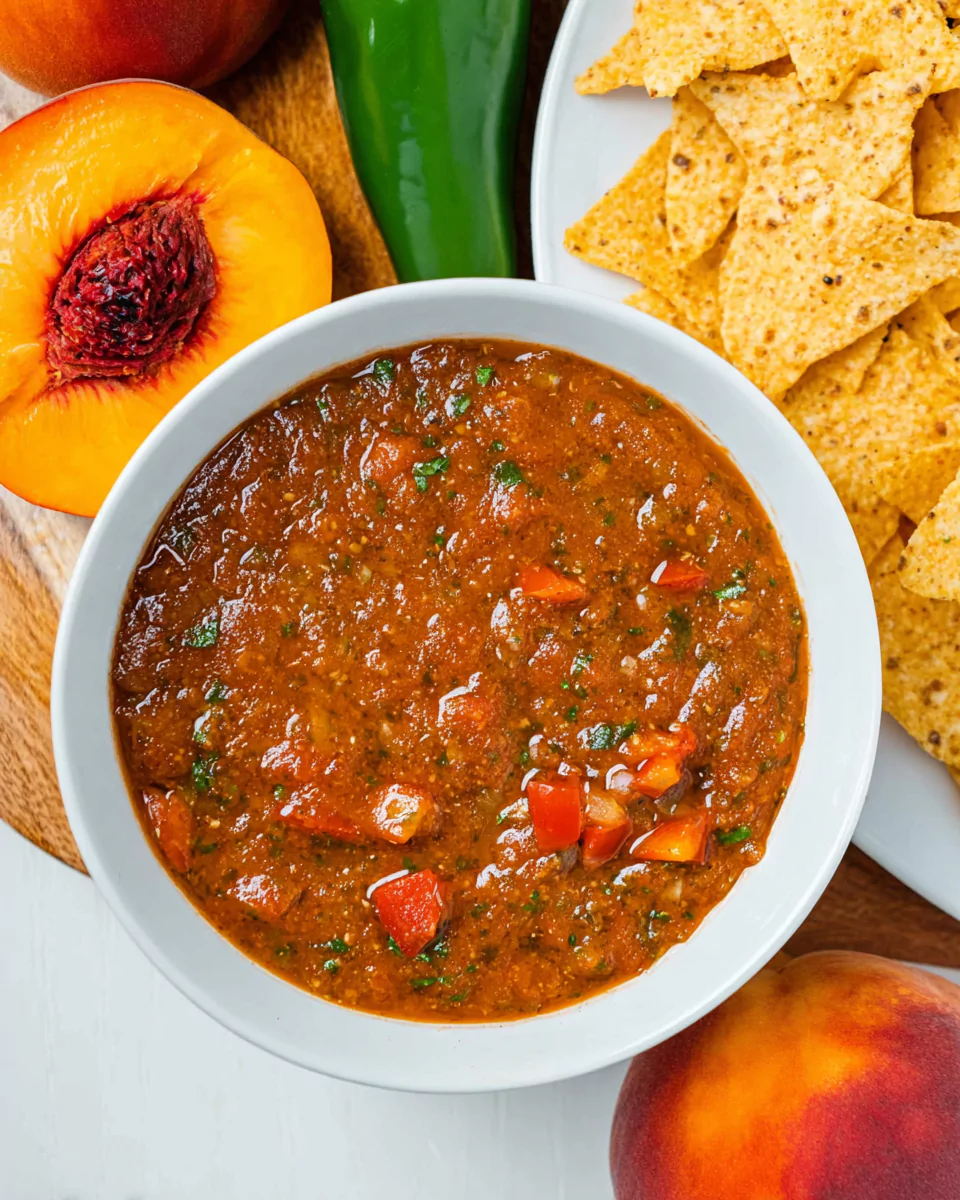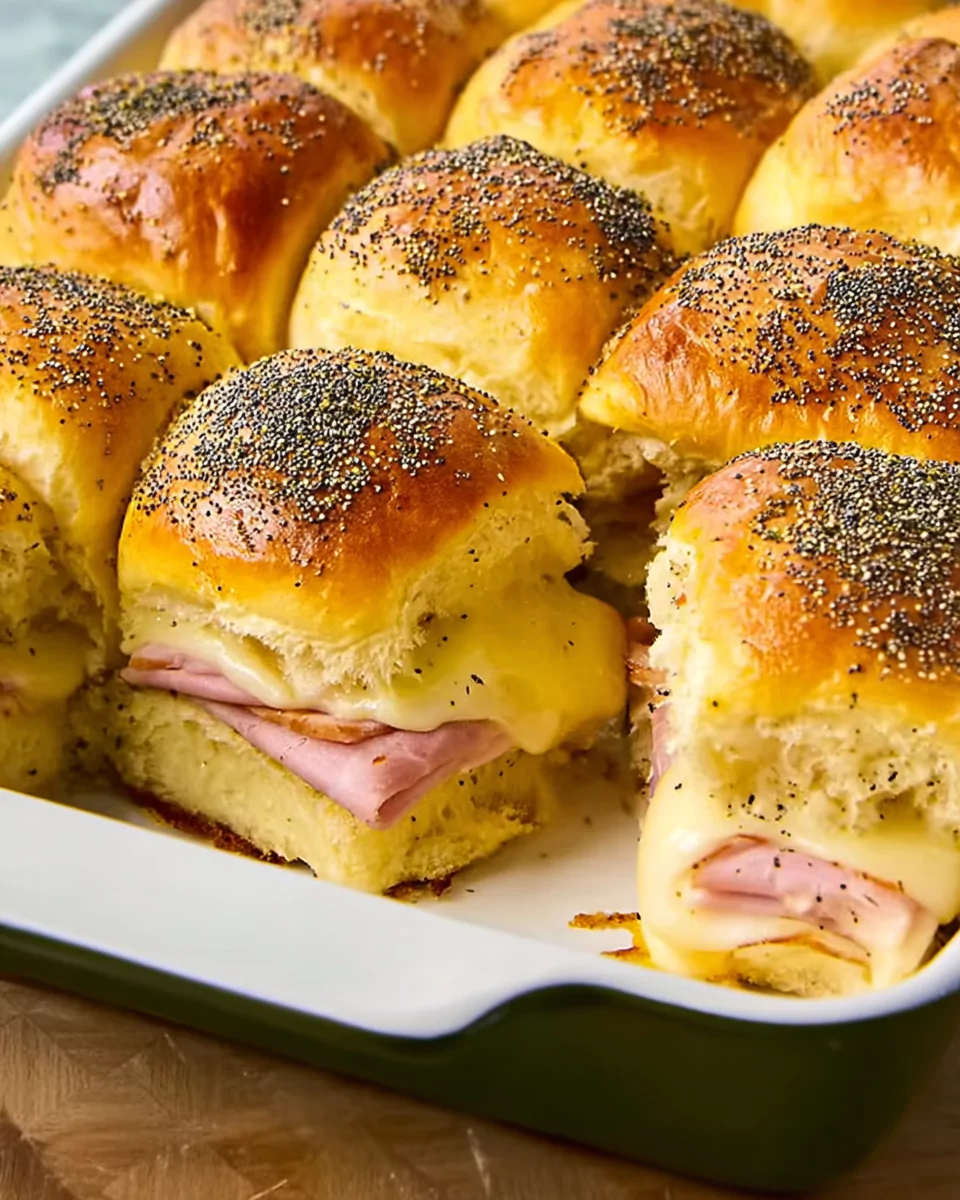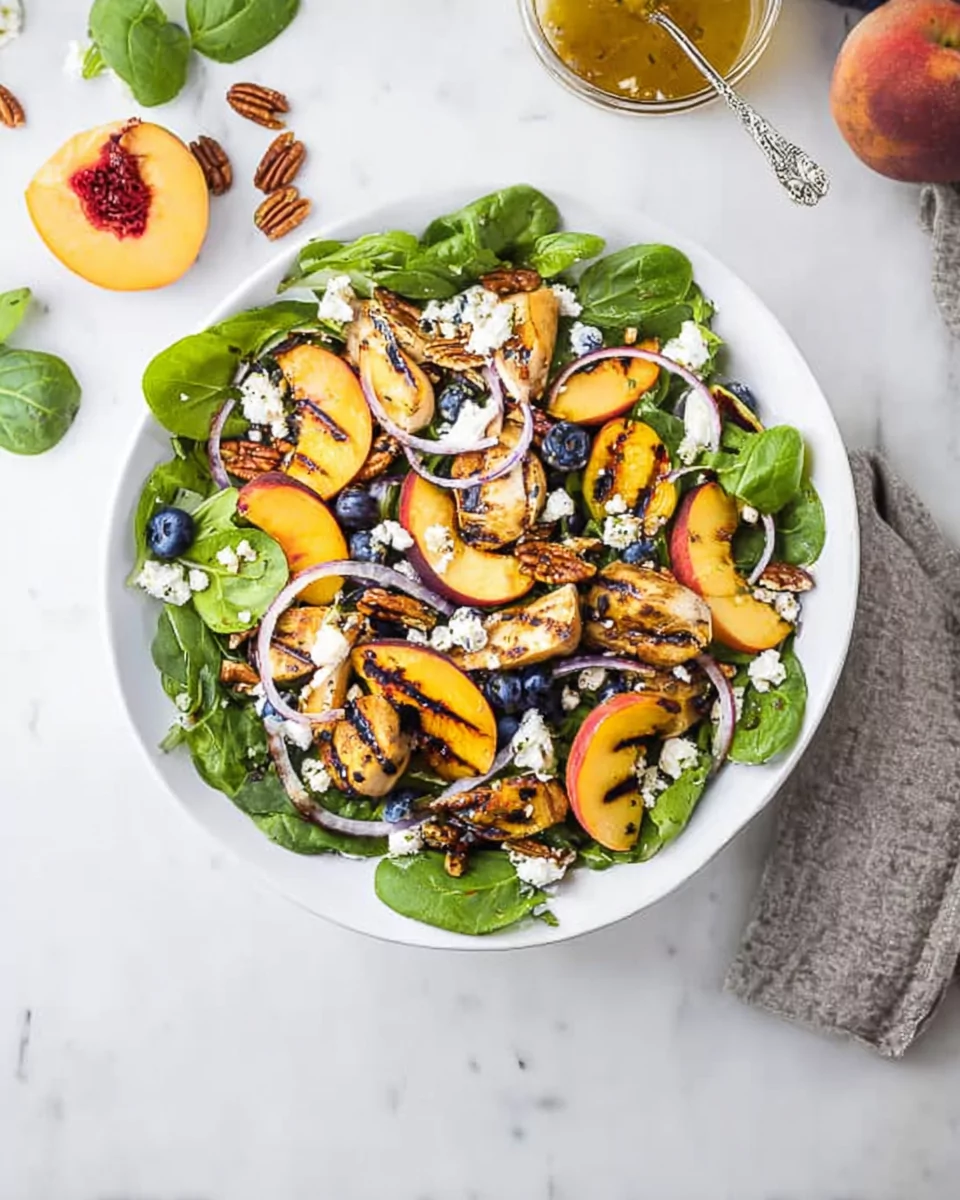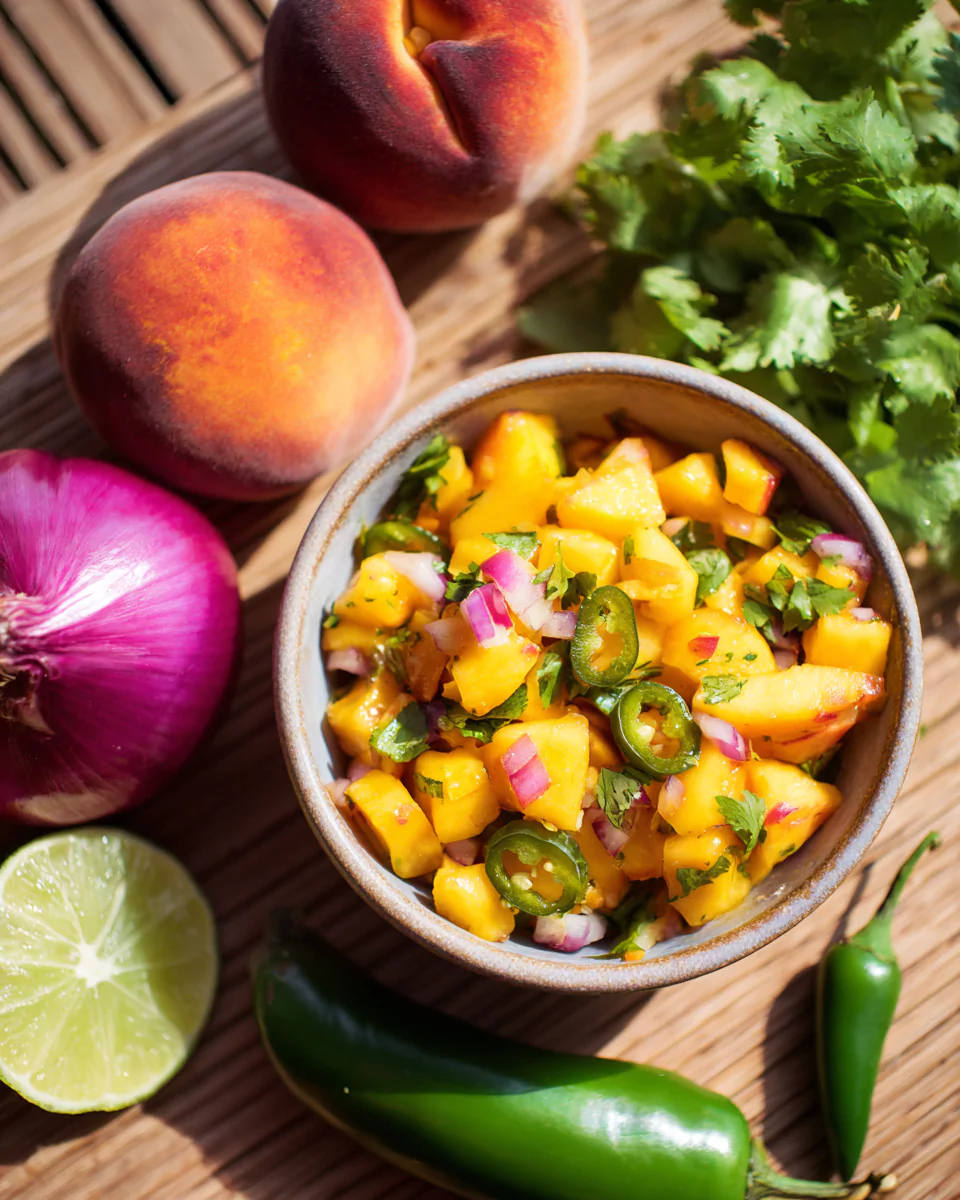Introduction to Strawberry Jam
Strawberry jam, a beloved classic recipe, finds itself at the heart of countless kitchens worldwide. This delightful preserve not only captures the essence of fresh strawberries but also brings a touch of sweetness to everyday meals and special occasions alike. Whether you’re spreading it on toast, swirling it into yogurt, or dolloping it onto pancakes, strawberry jam elevates simple dishes with its vibrant color and bursting flavor. In this comprehensive guide, we’ll explore the nuances of making your own strawberry jam, ensuring you can enjoy this homemade delight with confidence and creativity.
The Popularity and Versatility of Strawberry Jam
The Enduring Appeal of Homemade Strawberry Jam Recipe
Homemade strawberry jam holds a special place in the culinary world, cherished for its rich, vibrant flavor that store-bought versions often fail to match. The process of making jam at home can be a rewarding experience, offering a wonderful opportunity to savor the tastes of summer year-round. Furthermore, homemade strawberry jam allows for full control over the ingredients, ensuring the final product is free from unwanted preservatives and tailor-made to your sweetness preference.
A Staple in Diverse Culinary Practices
Strawberry jam is not just a spread; it’s a versatile ingredient that enhances various dishes. From classic breakfast options to inventive desserts, the applications are nearly endless. Its ability to blend with other flavors makes it a favorite among chefs and home cooks alike. Whether it’s enhancing the flavor of a simple cake or adding a sweet note to savory dishes, strawberry jam proves to be an indispensable addition to any pantry.
Cultivating a Connection with Food
Preparing strawberry jam recipe at home does more than just yield a delicious product; it fosters a deeper connection with the food we eat. By selecting the strawberries, perhaps even picking them from a local farm or your garden, you engage with the source of your food. This connection brings a sense of pride and accomplishment that only comes from creating something truly your own, enhancing the overall culinary experience.

This article, enriched with practical tips and creative insights, aims to guide you through the process of making exquisite strawberry jam that captures the essence of fresh strawberries. With each step, you’ll gain the knowledge and confidence needed to master this delightful preserve.
Essential Ingredients for Strawberry Jam
Fresh Strawberries: Selection and Preparation
When it comes to making strawberry jam, the quality of your strawberries can make or break the flavor. Aim for fresh, ripe strawberries, preferably sourced from local markets or your own garden. The ideal berries are vibrant in color, plump, and free of bruises. Before you start, ensure the strawberries are thoroughly washed and hulled. The preparation process is simple but crucial: remove the stems and any damaged areas, as these can affect the texture and taste of your jam.
Understanding Sugar’s Role
Sugar does more than just sweeten the jam; it acts as a preservative and helps achieve the perfect gel-like consistency. While it might be tempting to reduce the sugar to make the jam less sweet, this can significantly impact the preservation and setting qualities. For those looking to cut down on sugar, consider using a special pectin designed for low-sugar recipes, which allows the jam to set without compromising its shelf life.

The Importance of Pectin and Its Alternatives
Pectin is a natural thickener that is crucial for helping jam set properly. It’s found in high concentrations in the skins and cores of many fruits, including apples and lemons. While strawberries contain some pectin, they often need a little help to set perfectly. You can buy commercial pectin or make your own from apples. For those preferring a more natural approach, adding a few squeezes of lemon juice can provide the necessary pectin and add a bright, tart flavor to balance the sweetness of the strawberries.
Optional Ingredients: Flavor Enhancers
To elevate your strawberry jam, consider incorporating flavor enhancers such as vanilla, cinnamon, or even a pinch of black pepper. These ingredients can complement the natural sweetness of the strawberries and add complexity to the jam’s flavor profile. Experiment with small amounts to find your perfect blend, keeping in mind that a little goes a long way.
By understanding and carefully selecting your ingredients, you set the stage for a successful jam-making session. Each element plays a significant role in the final taste, texture, and longevity of your strawberry jam, making it not just a recipe, but a craft.
Step-by-Step Recipe Instructions
Preparing the Fruit
To begin your strawberry jam, start with properly prepared fruit for your recipe. After washing and hulling your strawberries, you’ll need to crush them to release their natural juices and pectin. You can do this using a potato masher for a chunkier texture or a food processor for a smoother consistency. However, be careful not to over-process; the goal is to break down the strawberries while still retaining some of their natural textures.
Cooking the Jam
Once your strawberries are prepared, combine them in a large, heavy-bottomed pot with the sugar and, if using, your chosen pectin. Cook this mixture over medium heat, stirring constantly to dissolve the sugar. As the strawberries heat, they will release more juice, creating a syrupy base for the jam. Once the sugar is fully dissolved, increase the heat to bring the mixture to a full rolling boil that cannot be stirred down.
At this stage, if you have chosen to enhance your jam with lemon juice or other flavorings, add them. Boil the mixture for about 10-15 minutes, or until it reaches the setting point. You can test this by placing a small amount of jam on a cold plate; if it wrinkles when pushed with a finger, it’s ready. If not, keep cooking and testing at regular intervals.

Canning and Preservation
After your jam has reached its setting point, it’s time to can. First, prepare your jars by sterilizing them in boiling water. This is crucial for preventing bacterial growth and ensuring your jam stays preserved. Pour the hot jam into the hot jars, leaving a small space at the top to allow for expansion. Wipe the rims of the jars with a clean cloth, apply the lids, and screw the bands on tightly.
Process the filled jars in a boiling water bath for 10 minutes to seal them. This step ensures that any remaining bacteria are killed, and a vacuum seal is formed, which can keep your jam fresh for up to a year. After processing, remove the jars and let them cool on a wire rack. You’ll know the jars are sealed properly when the lids pop down, indicating a good seal.
By following these detailed steps, you’ll create a delicious strawberry jam that not only tastes great but is also safe to store and enjoy over time.
Variations of Strawberry Jam Recipes
No-Sugar and Low-Sugar Variants
For those monitoring their sugar intake or preferring a more natural fruit flavor, no-sugar and low-sugar strawberry jam options are excellent alternatives. By using a special low-sugar pectin, you can successfully reduce or even eliminate the need for added sugar. This type of pectin is specifically formulated to gel without the high sugar content typically required in traditional recipes, allowing the natural sweetness of the strawberries to shine through.
Using Different Types of Pectin
Exploring different types of pectin can also lead to variations in your strawberry jam. For instance, Pomona’s Universal Pectin allows for jelling with low amounts of any sweetener, offering a versatile option for those experimenting with alternative sweeteners like honey or agave. Liquid pectin versus powdered pectin can also affect the texture and firmness of your jam, so choosing the right type for your recipe is crucial.
Creative Flavor Combinations
Strawberry jam doesn’t have to be plain! Introducing herbs or spices can transform your jam into a gourmet product. Imagine a strawberry basil jam or a strawberry jam with a hint of mint. Spices such as cinnamon, nutmeg, or even a dash of black pepper can add warmth and complexity to the jam’s flavor profile. For a more adventurous twist, infuse your jam with lavender or rose petals for a floral note that pairs wonderfully with the fruity base.
These variations not only allow for customization based on personal taste preferences but also open up new possibilities for pairing your strawberry jam with different foods. Whether you’re spreading it on a scone, swirling it into oatmeal, or using it as a glaze for desserts, these creative takes on the classic strawberry jam recipe add an extra layer of flavor and sophistication to any dish.
Common Mistakes and Troubleshooting
Texture Issues: Runny or Too Thick
One of the most common issues when making strawberry jam is achieving the right texture. If your jam is too runny, it might not have boiled long enough to reach the setting point, or there could be an imbalance in the ratio of fruit to sugar and pectin. On the flip side, if the jam is too thick, it might have been overcooked or contained too much pectin. To fix runny jam, return it to the pot and boil it with additional pectin. For overly thick jam, a bit of water or fruit juice can be stirred in before re-heating gently.
Flavor Balancing
Achieving the perfect balance of sweetness and acidity can be tricky. If your jam tastes too sweet, adding a small amount of lemon juice can help balance the flavors. Conversely, if it’s too tart, a little extra sugar or a drizzle of honey while cooking can soften the acidity. Remember, adjustments should be made in small increments; you can always add more, but you can’t take it away once it’s in the pot.
By being mindful of these common pitfalls and knowing how to troubleshoot them, you can ensure that your strawberry jam turns out perfectly every time. This approach not only enhances your skills as a jam maker but also ensures that every batch of jam is as delicious as it is delightful.
FAQs
Can I use frozen strawberries?
Absolutely! Strawberries that are frozen can be considered as a good alternative when you don’t have fresh ones. Please bear in mind that any excess of liquid need to be drained before you start using them. Keep in mind also that frozen strawberries might produce a slightly different texture due to their higher water content, which could affect the setting of your jam. Adjustments to the sugar and pectin ratios might be necessary to achieve the perfect consistency.
How long does homemade strawberry jam last?
When properly canned and sealed, homemade strawberry jam can last up to a year in a cool, dark place. Once opened, you can use in within a period of one month if it has been preserved in the refrigerator. Signs that your jam might have gone bad include mold, an off smell, or visible fermentation such as bubbling in the jar.
Can I make strawberry jam without a canner?
Yes, you can still make strawberry jam even if you don’t have a traditional canner. Use any large, deep pot that can hold water enough to cover your jars by at least one inch. Just ensure that you have a rack that fits inside the pot to keep the jars off the bottom, preventing them from cracking due to direct heat. This makeshift canning setup works effectively to sterilize and seal your jam jars safely.
Understanding these frequently asked questions can help you navigate the nuances of making strawberry jam and ensure successful results. With these tips, even novice cooks can feel confident in their ability to create a delicious, homemade preserve that captures the essence of strawberries in every spoonful.
Conclusion and Serving Suggestions
Strawberry jam is more than just a condiment recipe; it’s a versatile addition to many dishes that can enhance the simplest snacks and transform gourmet recipes. With your homemade strawberry jam, you have a treasure trove of culinary possibilities at your fingertips. Here are some delightful ways to enjoy your jam:
- Breakfast Delights: Spread it over toast, swirl it into oatmeal or yogurt, or layer it in a parfait.
- Desserts and Pastries: Use your strawberry jam as a filling for cakes, doughnuts, or croissants. It also makes an excellent topping for ice cream or panna cotta.
- Savory Pairings: Combine it with balsamic vinegar for a delicious salad dressing or use it as a glaze for pork and chicken dishes.
Each jar of jam you create not only stores the essence of strawberries but also embodies the care and creativity of its maker. Whether enjoying a simple breakfast or hosting an elegant dinner, your strawberry jam can play a starring role in enhancing the flavor and enjoyment of your meals.
Creating strawberry jam at home is a rewarding experience that yields more than just a tasty product—it provides a touch of warmth and nostalgia that only homemade goods can offer. By following this guide, you’ve learned not just the techniques but also the small touches that make your preserves special. So, here’s to many batches of delicious, homemade strawberry jam that celebrate the sweetness of life!




